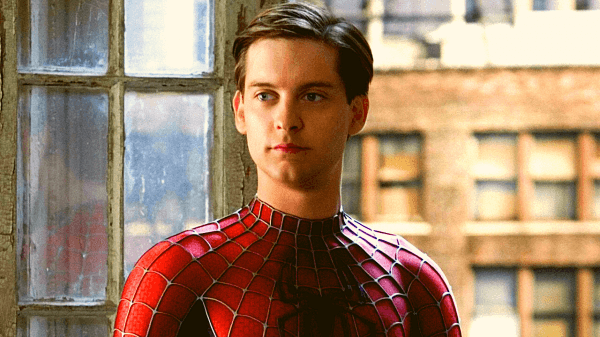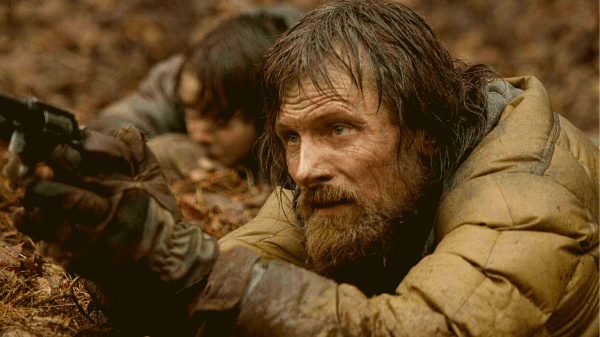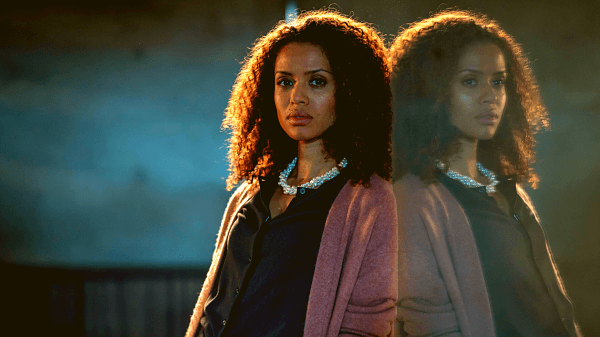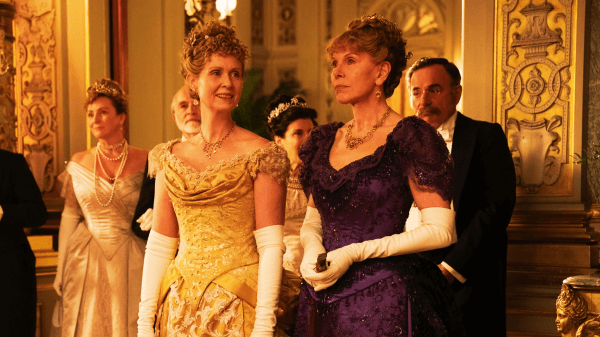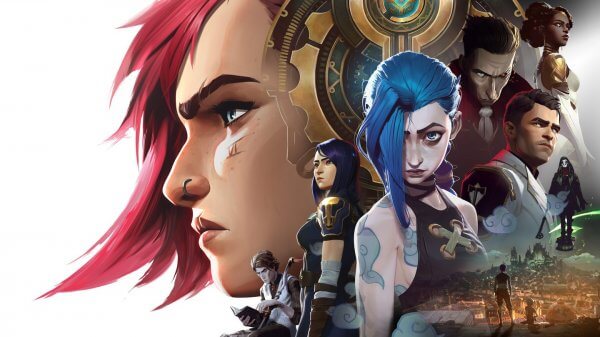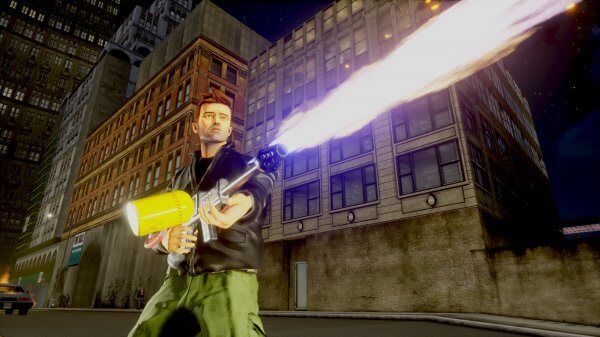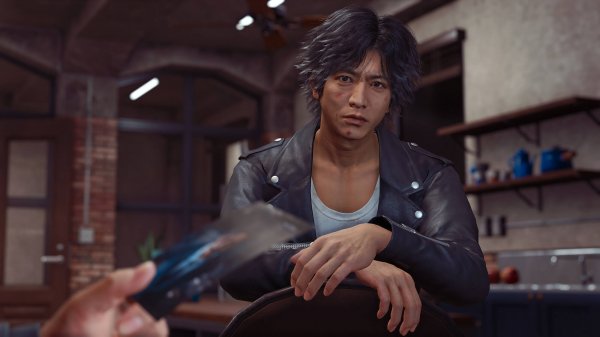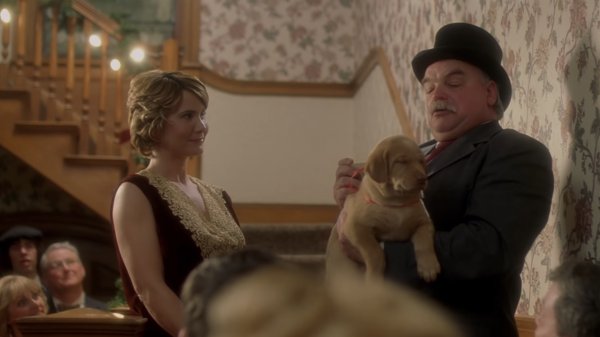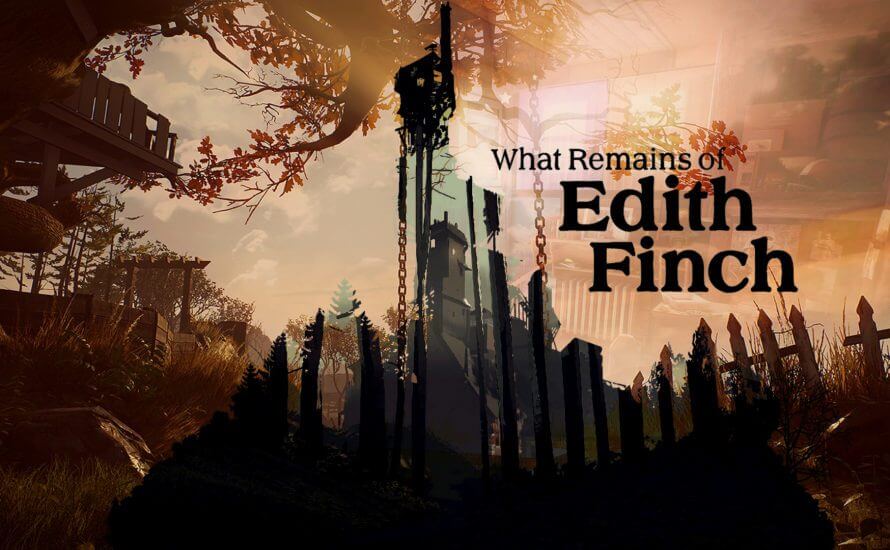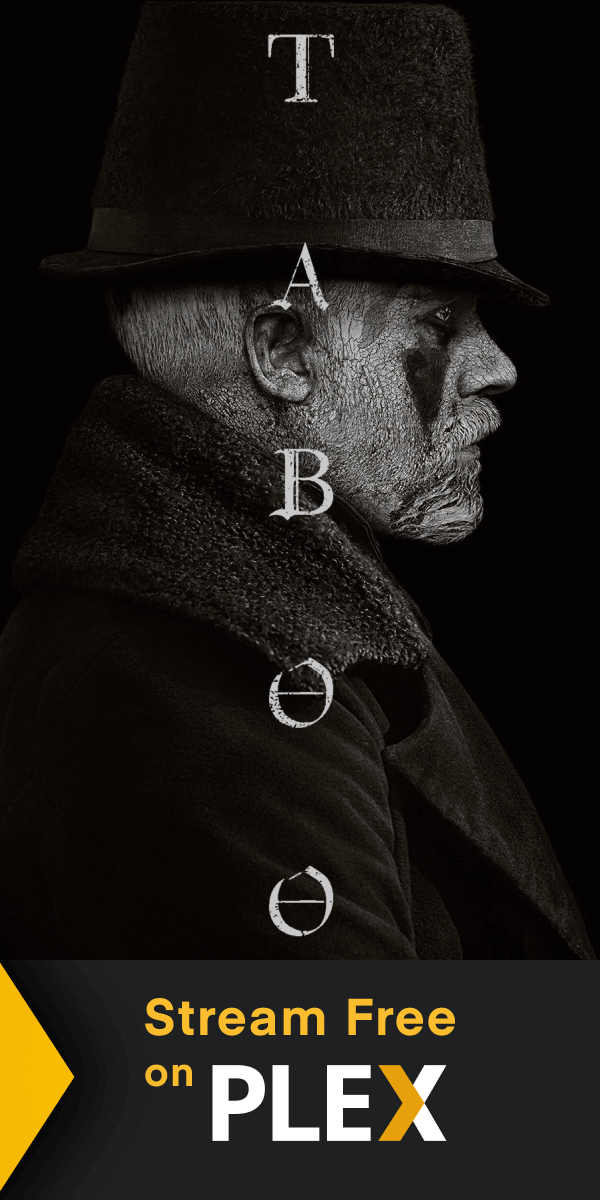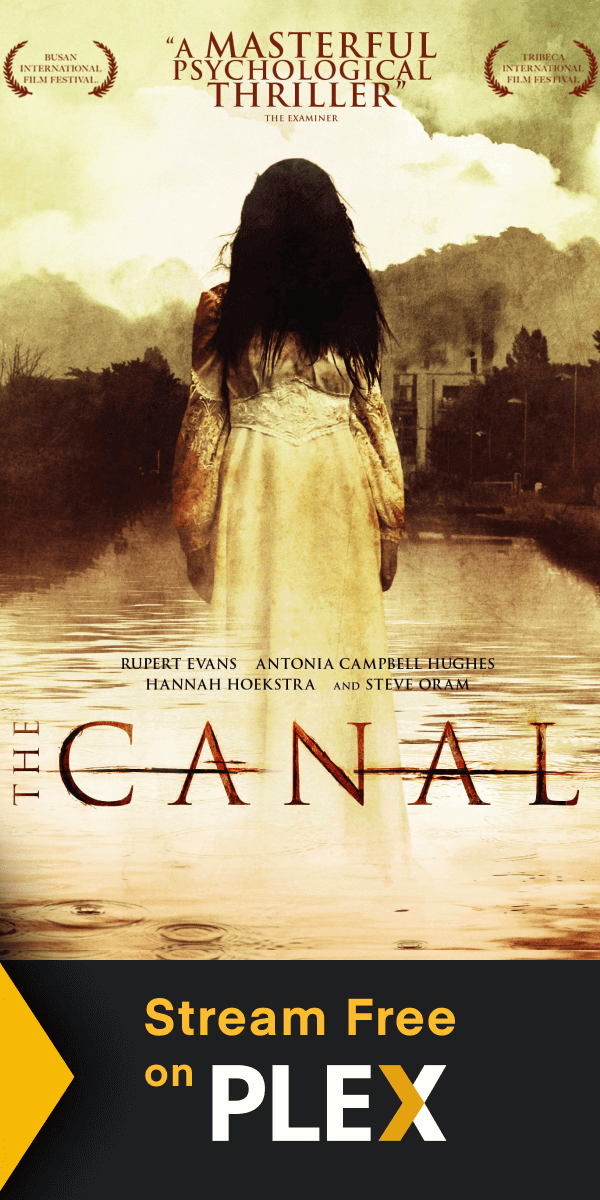It’s one of the most striking opening images to a video game that I’ve ever played, but before we get to it we’re treated to an atmospheric and evocative preamble. A first-person perspective opens up to show the player that our character is on a boat.

It looks like a ferry somewhere near the Northwestern coast of the United States. The ferry lazily trawls its way through the water. You’re at the back of the craft. It’s a grey day, lightly overcast, and the gulls are singing. You can practically feel the chill coming off the water. Something about it all makes it feel like the morning. Maybe it’s the light, that thin mercury casting its subtle glow on the landscape. Maybe it’s the little islets dotted around, the way they are part shrouded in mist. Your skin shivers in empathy with your avatar. They must be cold. What’s more you feel an inward chill, too. What Remains of Edith Finch is a sad tale, and it hints at this right from the outset, with this evocative scene setting of a cold morning under morose skies priming us for what is to come over the course of the game’s 2 or 3 hours.
The magic of any scene that opens in medias res is the feverish, almost frantic way our brain scans the surroundings for clues as to what story we have just been plunged into–think of poor, memory loss-stricken Leonard Shelby in Christopher Nolan’s 2000 masterpiece, Memento, as he “wakes up” mid-run, breathing hard, and has to immediately piece together the context from what he sees around him: “Ok, so what am I doing?” He glimpses a man running in the same direction as him on the other side of some trailers. “I’m chasing this guy,” he concludes quickly and–despite everything, by necessity–confidently. The two men round a corner, run towards each, and in a split second Leonard has to take everything in–the man’s expression, his body language, the fact that he has a gun in his hand and that he has very much definitely decided to run towards him–and he realizes the truth and re-calibrates: “No. He’s chasing me.”
As soon as we are handed control over our character’s viewpoint in What Remains of Edith Finch, we perform a similar calculus. We look around and see that we are sat on a bench on this ferry, our backpack resting next to us.
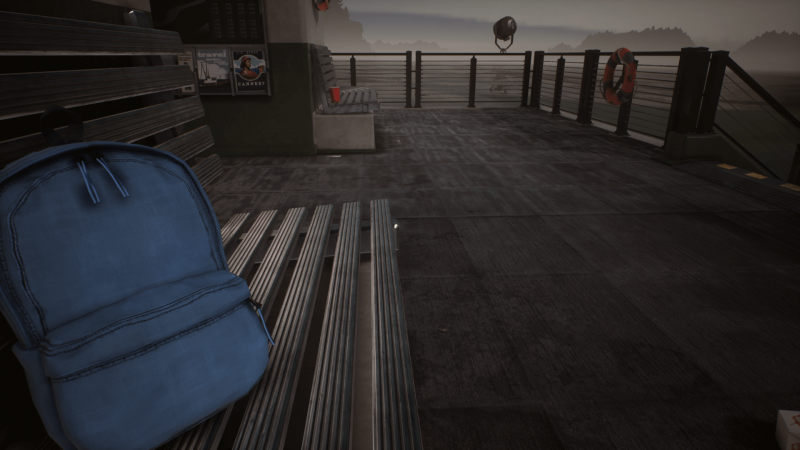
We must be taking a trip somewhere. It’s not a large backpack, so we can’t be going far, or for long. From our vantage point it seems as if we are alone on the boat, the only sign of other people is a used Chinese takeaway box on the floor of the ferry.
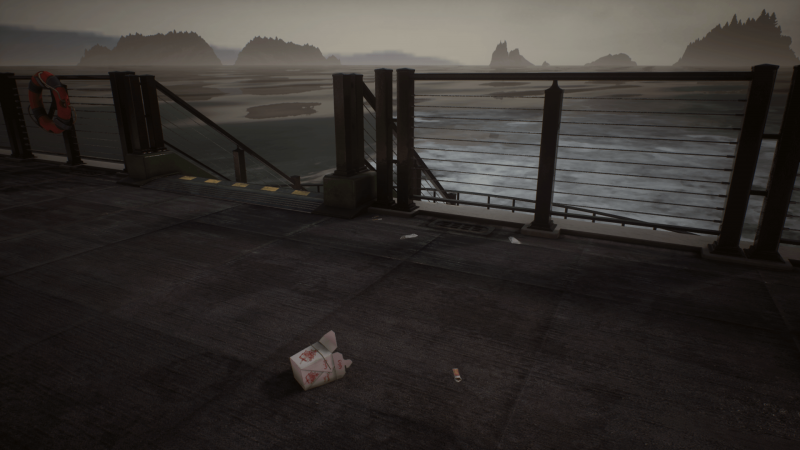
We look down, and see that one of our hands is in a cast. How did we get injured? We are holding a bouquet of white flowers. They look somber. Almost as if for a funeral. In our lap is an A4-sized notebook with “Edith Finch” handwritten on the front above the printed word: “Journal.”
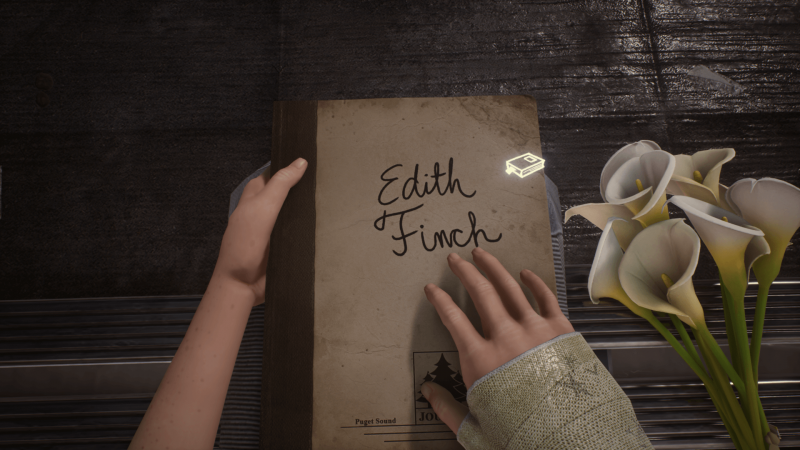
Without hesitation, we open to the first page. Our eyes quickly take in a pencil sketch of what looks like an impossible-seeming house and a paragraph of scribbled-out lines below it followed by another paragraph, this one left untouched; and the narration begins as the scene dissolves.
Immediately we know: We are about to be told a story.
And indeed that is what What Remains of Edith Finch is all about. Stories. The stories we tell ourselves. The stories we tell our children. The stories we tell about stories. And the power those stories have over us.
It’s a young woman’s voice that guides us into the story proper of What Remains of Edith Finch, a 2017 game developed by Giant Sparrow and published by Annapurna Interactive to much critical acclaim.
“A lot of this isn’t going to make sense to you and I’m sorry about that.”
The young woman’s voice is kind and tinged with melancholy. She speaks to us as if she knows us, and yet doesn’t. Like we are someone she had heard a lot about, but hadn’t yet met.
“I’m just gonna start at the beginning. With the house.”
And then the screen fades in and we are walking along an uneven path in the middle of rocks and trees. In the near distance we glimpse an impossible spire, looming above the tree line and leaning slightly to the right. Our mind connects all the dots immediately. The sketch in the notebook, the narration, the structure before us. We know that to see this story unfold, we are going to have to make our way along the path, through the semi-wilderness, and go to Edith’s house.
“I lived here until I was eleven, but I wasn’t allowed inside half the rooms.”
The narration carries on intermittently, with text appearing on the screen, organically in the surroundings, fading away as we walk past it. It’s one of the lovely touches that What Remains of Edith Finch deploys to really sell the idea that we are living somebody’s story as it’s being told.
We carry on, down through a winding path amidst thick trees and bushes, frogs croaking and narration continuing, until we reach a clearing, and there it is.
The house.
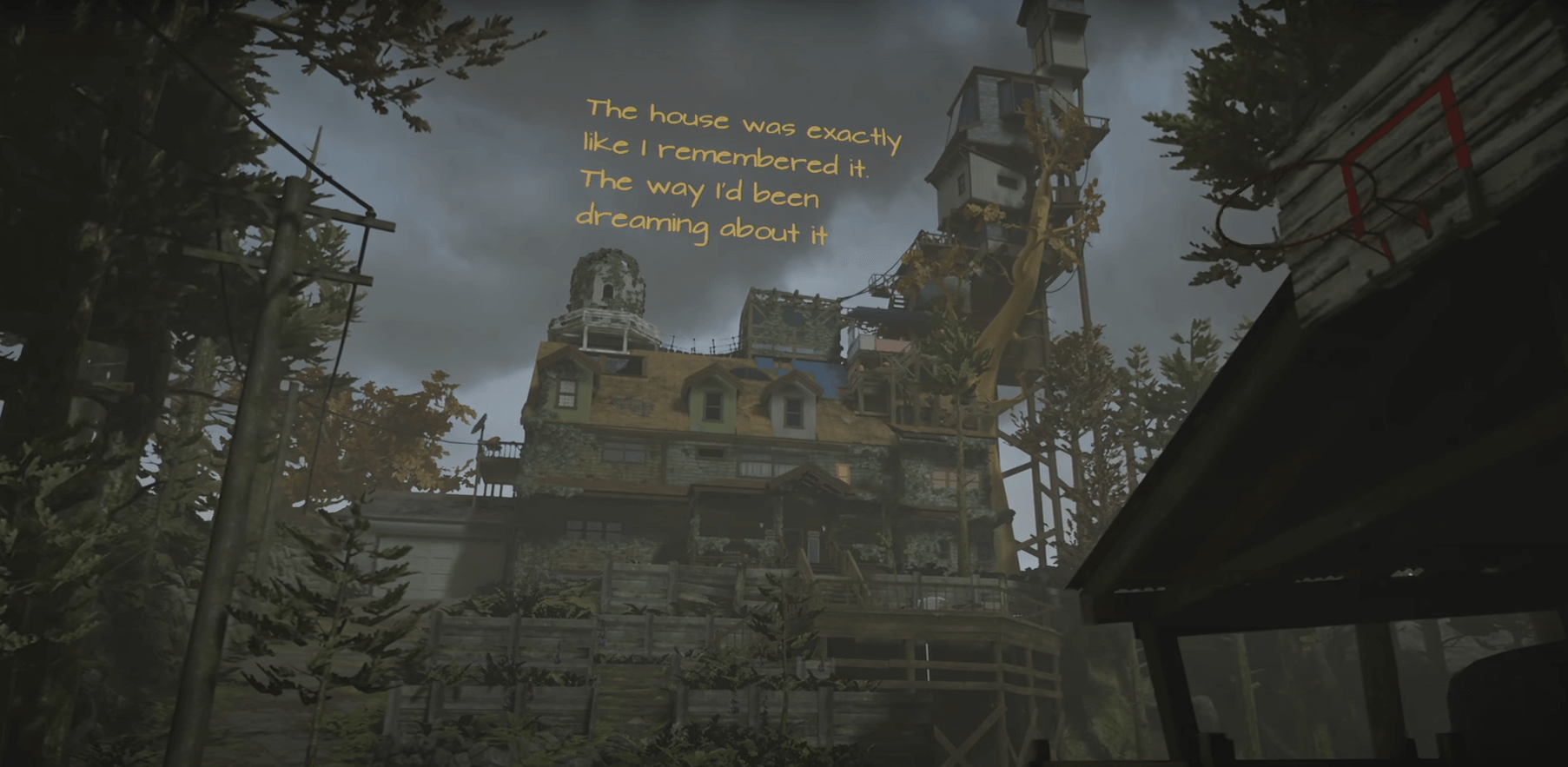
Any discussion of What Remains of Edith Finch has to feature the house. It is as central a character as any of the people in its story. Visually, it’s the definition of eccentric, starting out relatively normal at its base but growing ever madder as we get higher off the ground. We learn later in the game that Edith’s great grandpa and great grandma built it themselves, adding rooms and corridors as their family grew, the house stretching up and jutting into the sky via a tower almost threatening to fall and tear the whole thing apart. It’s truly a marvel to behold, there amidst the trees and with what we later learn are the waters of the North Pacific stretching away behind it. It is fantastical and foreboding and whimsical all at once.
Seeing the house in What Remains of Edith Finch for the first time ranks for me as one of the most indelible opening images I’ve experienced in a video game.
Later, as we make our way through this incredible house we come to see that though the house itself managed to stay in one piece, the family that inhabited it–and with whose history the house is inextricably tied–did not.
The core game play of What Remains of Edith Finch involves the player exploring this wondrous and sorrowful abode, living Edith’s words found in the journal from the opening of the game. There is a nesting doll structure at play here. As a player we first inhabit the person reading those words, and we then shift to Edith herself, living the story as it initially happened.
In this story we find Edith returning to her childhood home after an absence. We learn on her introductory walk to the house that she had left after her brother Lewis’s funeral. The rest of the game is spent exploring the house, and through it discovering the various fates of the many generations of Finches that lived–and died–in it. As Edith, we make our way through exquisitely designed and detailed rooms, all bearing the marks of the individual that had occupied them. In each one we find a diary, a journal, or some other record of the Finch who had at one time called that room home. We begin to read, and we are plunged into yet another level of the nesting doll structure as we find out how each member of the Finch family had died. That is our task in What Remains of Edith Finch: Explore the house, find all of the family members’ rooms, and bear witness to their ends.
Interestingly enough, when the game was first being developed, it had been called The Nightmares of Edith Finch, and there had been a decisively stronger horror element to the game. As it happens, the finished game contains pretty much zero of what might properly be called horror. Yet, not knowing this when we start, it’s funny how our feelings play out as we begin the game.
For me there was certainly a good deal of tension that I felt in the opening fifteen or twenty minutes or so of the game. I couldn’t help it. I’ve been primed by decades of genre tropes and expectations. So when I was approaching this huge, strange house in the middle of nowhere, its blank windows seeming to silently stare at me, I felt a not insignificant sense of dread. This was compounded by the fact that when we first opened Edith’s journal, in the second before the screen faded to black and transitioned, we glimpsed a line in her story that said: “My brother Milton disappeared when I was 4. It was like the house just swallowed him up.”
Paying attention, we’ll know at this point that at least three people connected to this house had died (Edith also mentions having inherited the house in the opening walk–hence, her mother must have passed away too). A sense of unease is only natural, and for me it increased when I made my way inside the house through a doggy door and encountered only silence and the swiftly abandoned remnants of the lives of multiple generations. Photographs of varying age covered the walls. Dishes and canned food were littered all over. Doors were sealed shut. And the books. Dear lord, the books. They were everywhere, cramming into every surface and looking as if they had multiplied by themselves in the absence of humans. I absolutely adore books, but within the context of this house, they had a disquieting effect.

It wasn’t long before that uncanny sense of some terror hiding somewhere just out of sight faded. Much like the developers moved away from the horror elements, so too did my perception. It was replaced by a melancholy admiration for the sights that welcomed me inside the house. The interior of the house proved as impressive as the exterior. More so, once all the hidden passages and secret levers revealed themselves. And it spoke volumes. Even before I made it into any of the family members’ rooms in order to discover their stories, here was the house giving me an overall picture.
This is one of the best things about What Remains of Edith Finch. It embraces the unique nature of video game storytelling that comes from its interactivity. Yes, it has a structured plot that plays out in the flashbacks to the various members of the Finch family, but it fleshes out and enriches this story with every nook and cranny of this extraordinary house. The more you look, the more you will see.
We find out a good many things about the Finch family making our way through their house, and through it all we gain a picture of immense loss and sadness. Any fears we might have had of a supernatural sort are replaced by a sorrowful acceptance of the vagaries of real life. We learn that the Finches had come to America originally thanks to Edith’s great-great-grandfather Odin, who believed that his family was afflicted with a curse that would see all but one of each generation’s children die. After losing his wife and newborn child, Odin escaped from his native Norway with his remaining child, Edie, and her family, setting sail for America in 1937. Odin didn’t just bring his remaining family with him across the ocean. He also brought their home. Sadly, just as they were about to complete their voyage, a storm capsized their boat. Odin drowned within sight of Orcas Island off the coast of Washington state and the house sunk with the boat, but Edie and her family lived. Edie and her husband Sven went on to build the house on Orcas Island, and then expand on the family tree, both of which we explore in What Remains of Edith Finch.
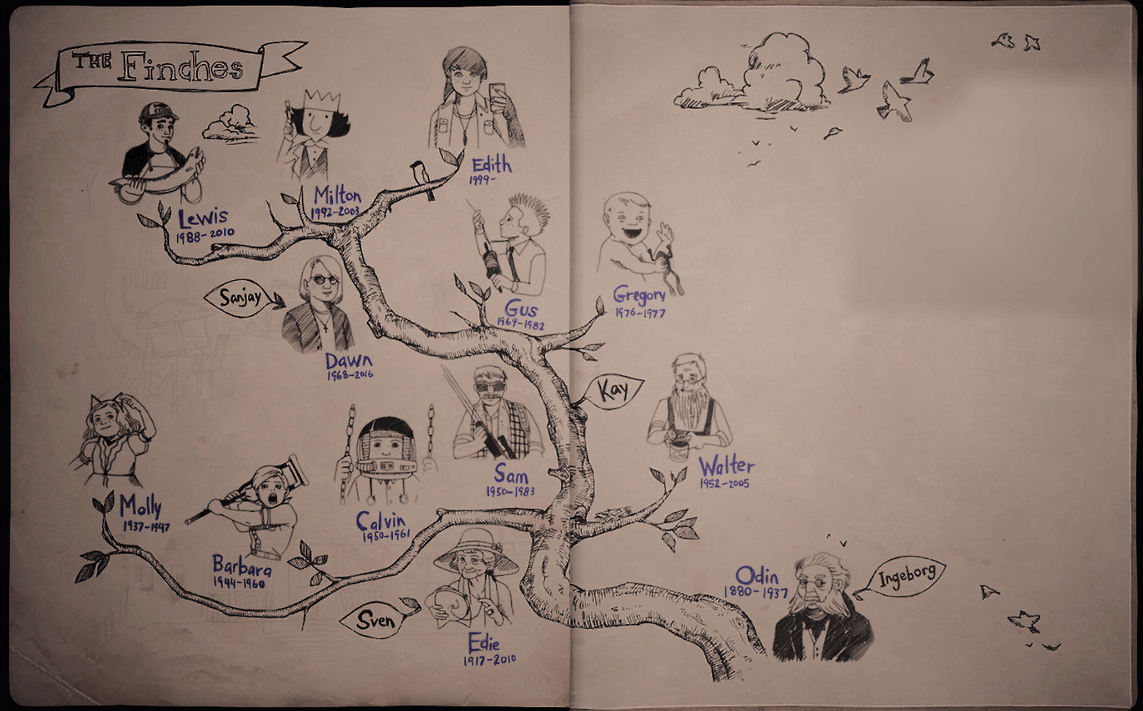
That diagram of a tree, accessed through a game menu, starts out bare. By finding each family member’s room and living through the story of their deaths, we fill in the tree’s details, and we unfurl the saga of this singular family’s life. The question of whether or not the Finches are actually cursed is never answered. What we do learn is that their story is one of profound tragedy. Death, often premature, stalks them. The game contrasts these incredibly sad tales with colorful and imaginative flashback sequences. It treats its subjects with respect, but never lapses into maudlin sentiment. Metaphor and magical realism prevail. Different game styles are explored throughout the vignettes. There are flashes of black humor here and there too. The tonal combination is one that in lesser hands could have proved disastrous. Giant Sparrow pull it off with wonderful sensitivity and technical aplomb. With its story of a family living in this extraordinary, isolated place, beset by misfortune, What Remains of Edith Finch reminded me at times of Gabriel García Márquez’s magical realist masterwork, One Hundred Years Of Solitude.
Whether or not there is an actual curse becomes irrelevant by the game’s end. Rather than expending energy on exploring the details of a potential supernatural affliction, What Remains of Edith Finch focuses on telling a heartfelt story about the power of stories themselves. How they can define us, inspire us, makes us afraid, even trap us when a story becomes a self-fulfilling prophecy. The amazing house that the game places at its center practically resonates with the energy and the memories of those who have inhabited it–and those who have fled it. Exploring it feels like climbing through a living book of one family’s history. The game shows us how the very nature of family itself is much like a story; how the nature of storytelling and the structure of family are intertwined in some very deep, powerful ways. We can feel weighed down by expectation, by the beliefs of those who came before, by the stories passed down by those of our blood, and by the different ways those stories are interpreted. How those who are no longer physically with us can remain ever-present in our memories; how those memories themselves are stories, and how we have the power to retell and remember them in different ways.
At the end of What Remains of Edith Finch we finally return to the opening scene on the ferry, and we learn the rest of the story.
Endgame spoilers below. Proceed with caution!

We are Edith’s son, Christopher, and we are on our way to Orcas Island to visit the family grave that his great-great-great grandmother Edie had built on a raised bit of land overlooking the Pacific Ocean. We had visited this plot of land as Edith during our exploration of the house. We had seen the graves of all the family members she had managed to outlive, and we could still see part of the wreck of the boat that had carried Edie and Odin across the ocean from Norway. Now, as Christopher, we come to lay some flowers on the grave of his own mother, who had died in childbirth, and who now lies there with the rest of the Finches, looking out over the stormy waters. One of the last memories we had seen while playing as Edith was Edith’s mother, arguing viciously with her own mother. Beside herself with grief at all the death she had witnessed, she had told her that she couldn’t stay in the house and suffer the curse anymore, and the next morning she had fled with her last remaining child. She had hoped to escape whatever it was haunting their family, just like Odin had hoped to do so when he set sail from Norway all those decades ago. Now they all lay here together in this patch of Earth looking out to sea.
In the end, Edith’s message to her son is one of hope. Despite all the death and all the tragedy that had preceded him, she tells him to try see things another way. To not succumb to despair at what has been lost, but to marvel at the wonder of what could still be gained. Edith tells her son that despite it all, his story is only just beginning, and though it is tied inextricably to the stories of those that came before, he can choose to make it whatever he wants it to be. As people, we need to tell stories. Humanity is deeply bound up with the stories we tell. They define us, as we define them. Even if they are sad, they need to be told. It can be easy to let the dark and spirit-sapping clouds of the sad stories poison our minds and drain us of hope. It can be all too tempting to think that we are somehow being singled out for doom. Perhaps we have plenty of evidence to which to point to that that might be the case; that a wave of seemingly disproportionate misfortune has befallen us and our kin. Indeed as Christopher Finch finds out from reading the journal his mother left to him: All the members of his family before him had met with tragic ends. Lives were cut short; hopes vanished; dreams scattered to the wind. Yet what What Remains of Edith Finch wants us to remember that even in the darkest times it is possible to be thankful, and to be able to re-align your perspective towards brighter shores. As Edith tells the son she will never have the chance to meet: “It’s a lot to ask, but I don’t want you to be sad that I’m gone. I want you to be amazed that any of us ever had a chance to be here at all.”
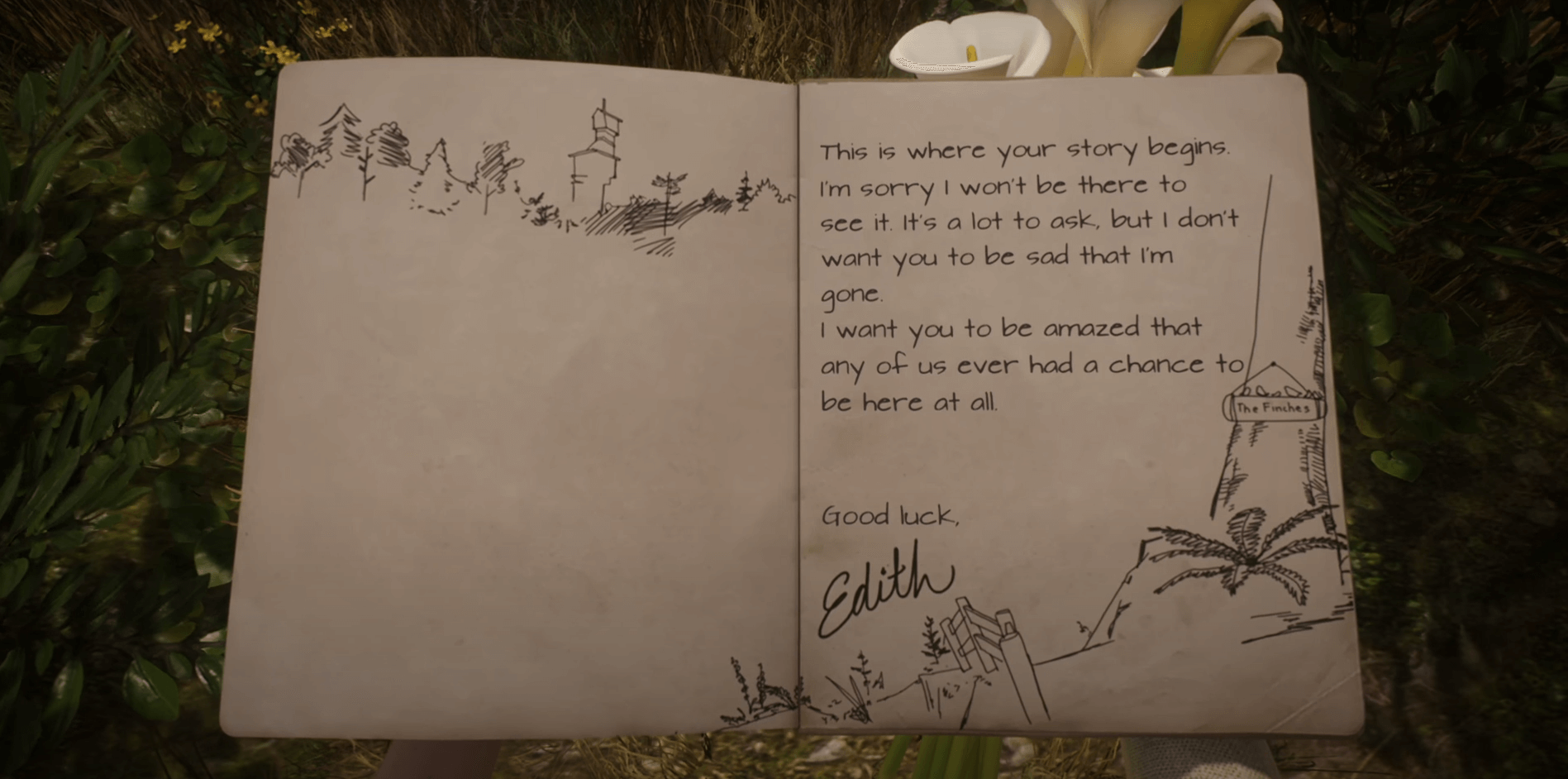
Want more gaming from Plex?
IGN Live TV (Channel)




